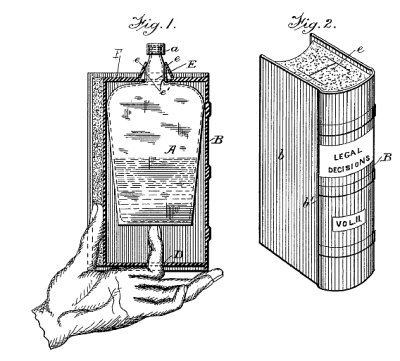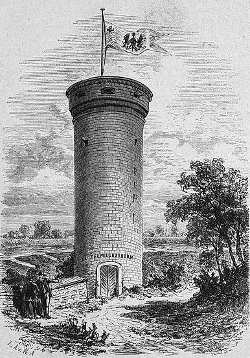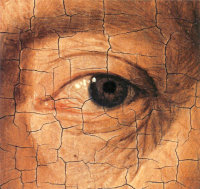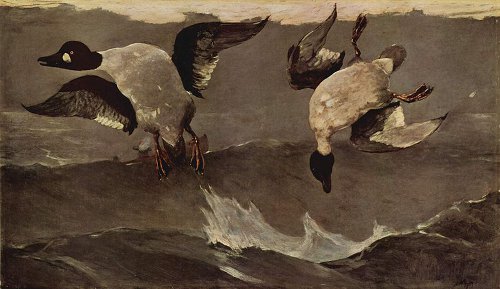She oped the portal of the palace,
She stole into the garden’s gloom;
From every spotless snowy chalice
The lilies breathed a sweet perfume.
She stole into the garden’s gloom,
She thought that no one would discover;
The lilies breathed a sweet perfume,
She swiftly ran to meet her lover.
She thought that no one would discover,
But footsteps followed, ever near:
She swiftly ran to meet her lover
Beside the fountain crystal clear.
But footsteps followed ever near;
Ah, who is that she sees before her
Beside the fountain crystal clear?
‘T is not her hazel-eyed adorer.
Ah, who is that she sees before her,
His hand upon his scimitar?
‘T is not her hazel-eyed adorer,
It is her lord of Candahar!
His hand upon his scimitar–
Alas, what brought such dread disaster!
It is her lord of Candahar,
The fierce Sultan, her lord and master.
Alas, what brought such dread disaster!
“Your pretty lover’s dead!” he cries–
The fierce Sultan, her lord and master–
“‘Neath yonder tree his body lies.”
“Your pretty lover’s dead!” he cries–
(A sudden, ringing voice behind him);
“‘Neath yonder tree his body lies–”
“Die, lying dog! go thou and find him!”
A sudden, ringing voice behind him,
A deadly blow, a moan of hate,
“Die, lying dog! go thou and find him!
Come, love, our steeds are at the gate!”
A deadly blow, a moan of hate,
His blood ran red as wine in chalice;
“Come, love, our steeds are at the gate!”
She oped the portal of the palace.
— Clinton Scollard, Pictures in Song, 1884






